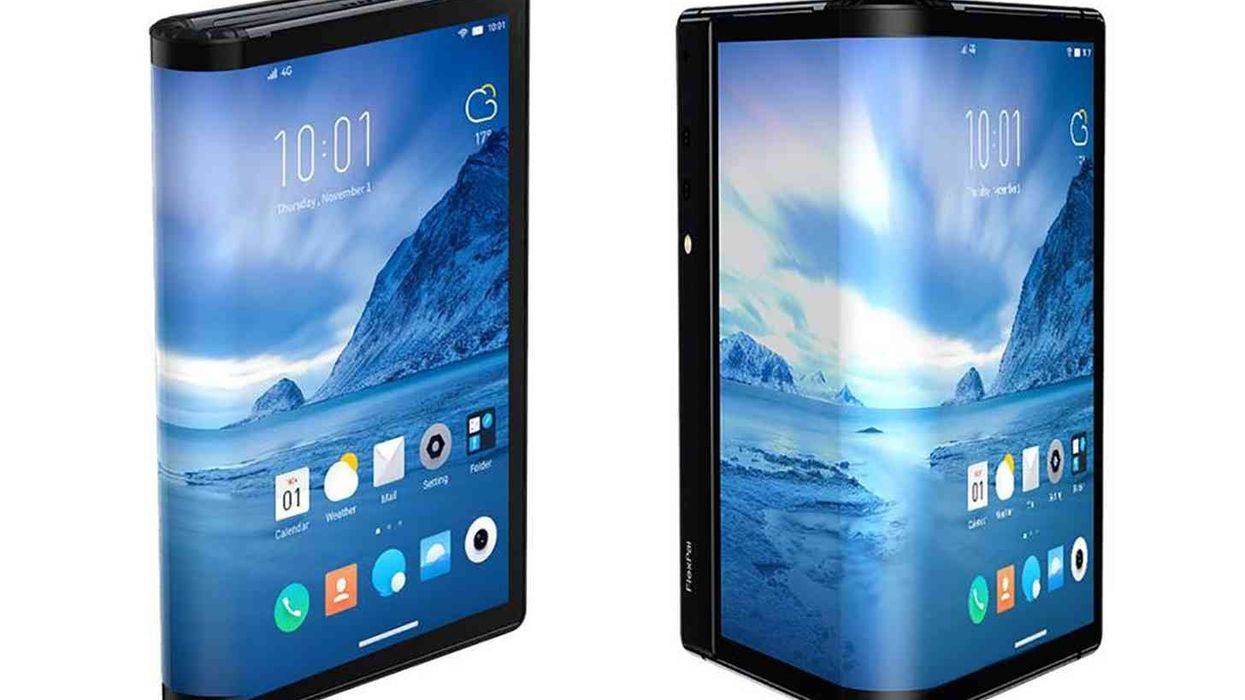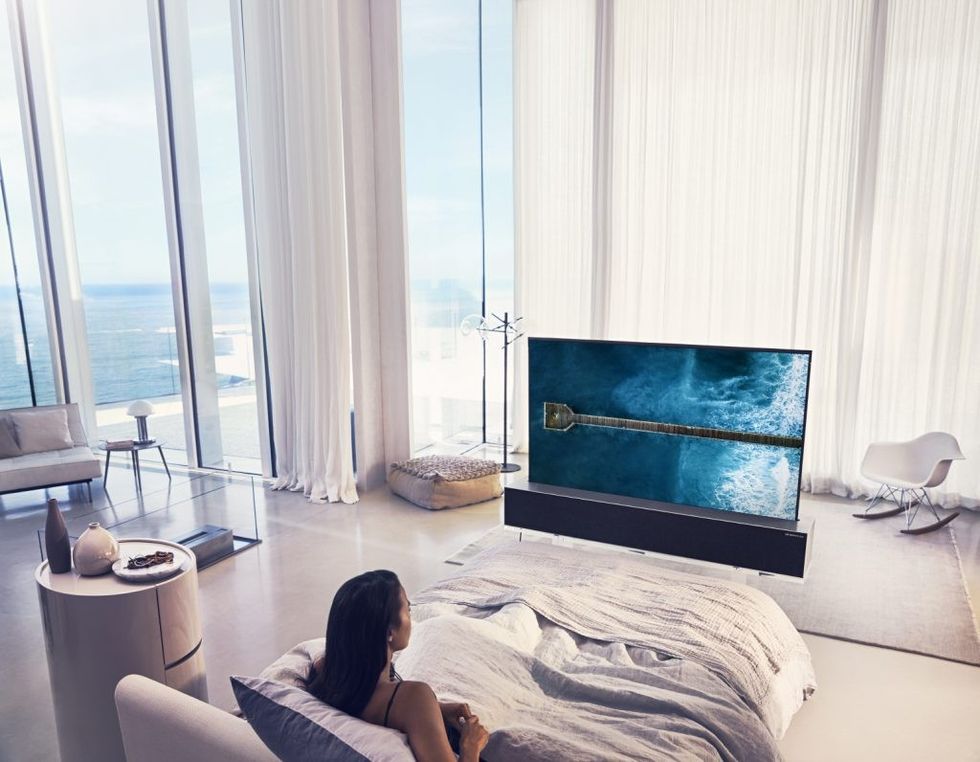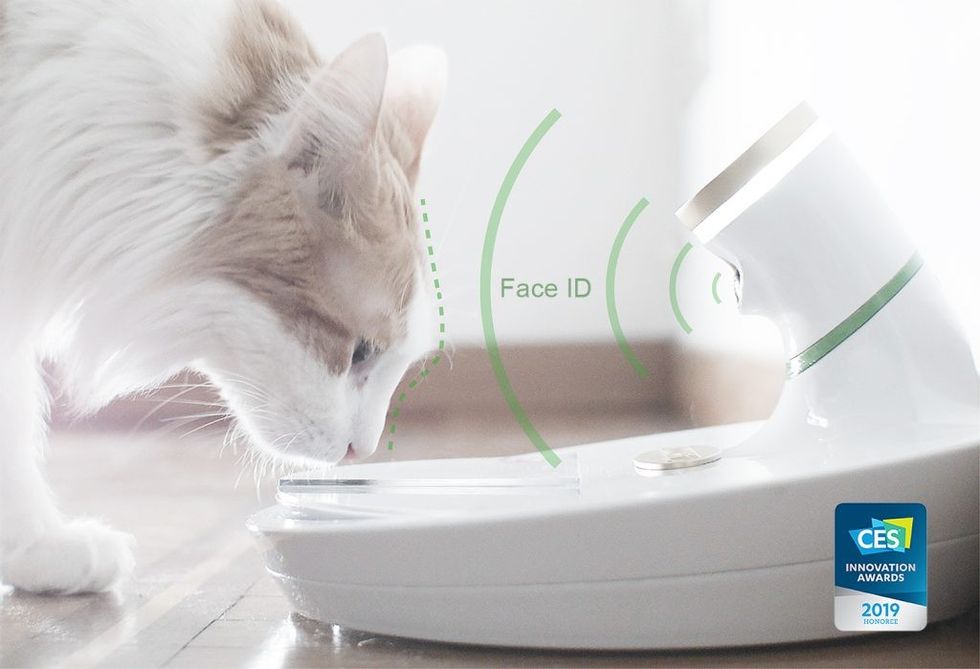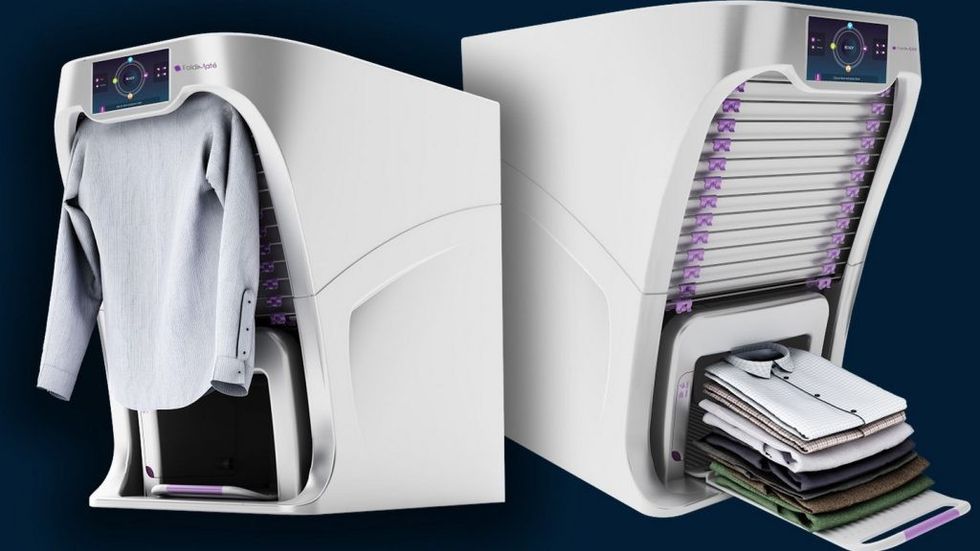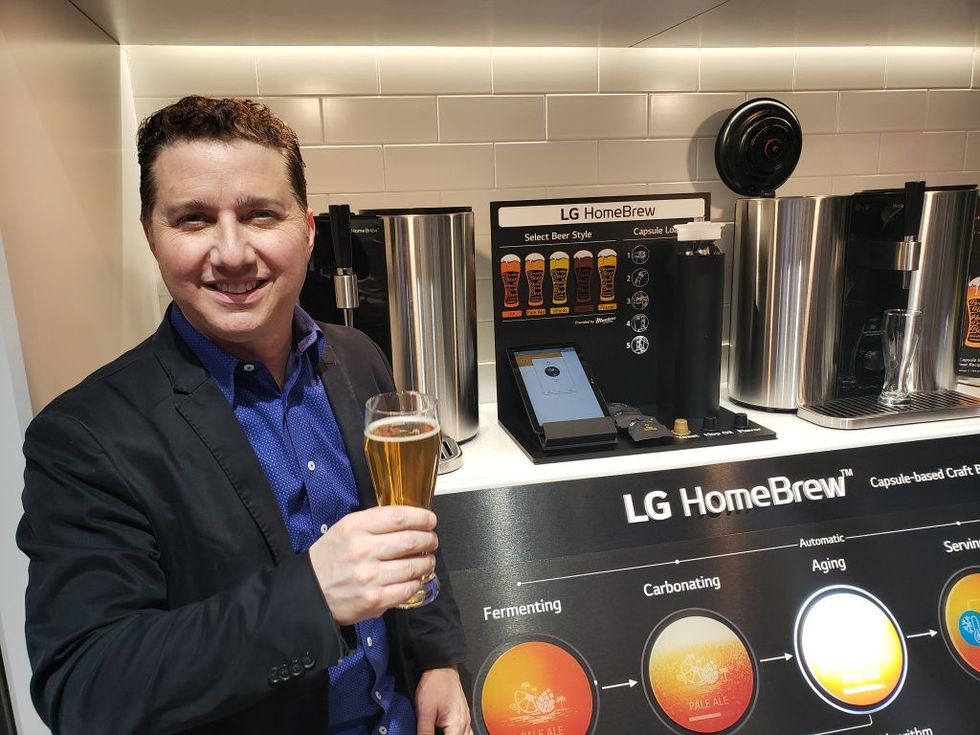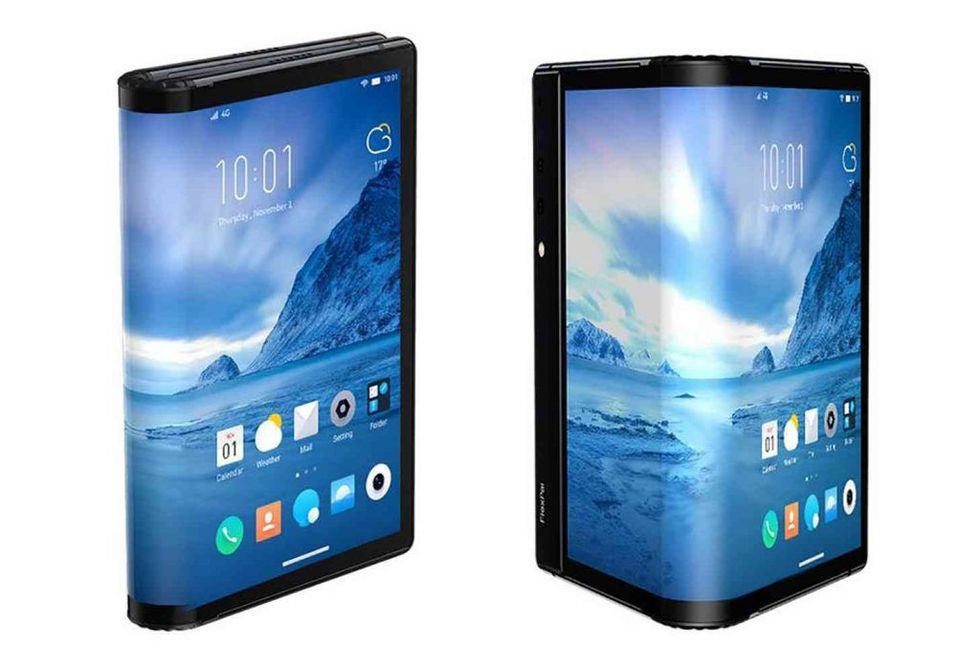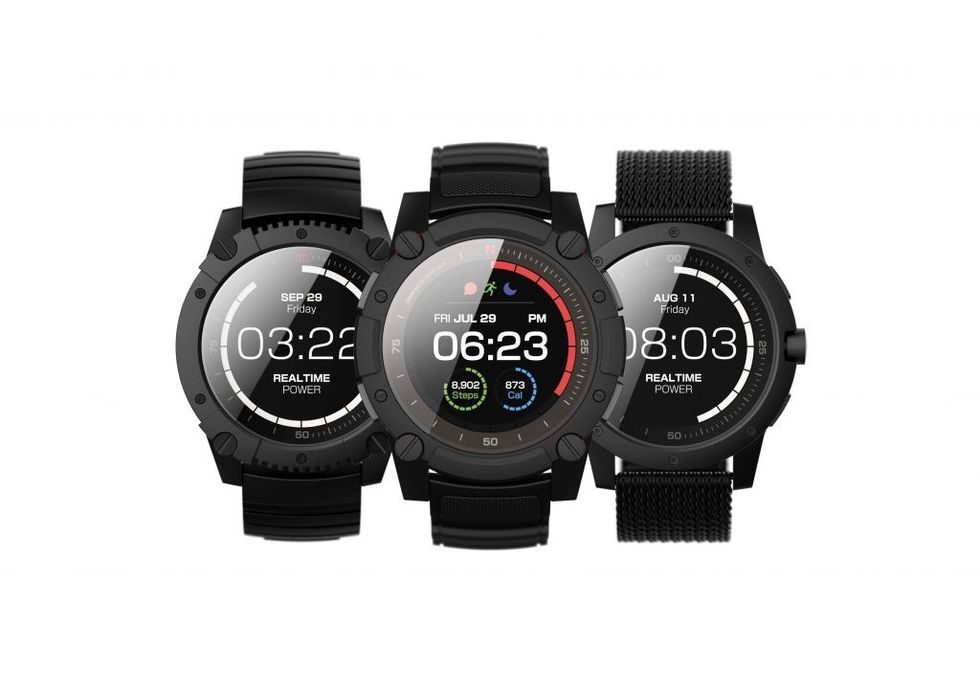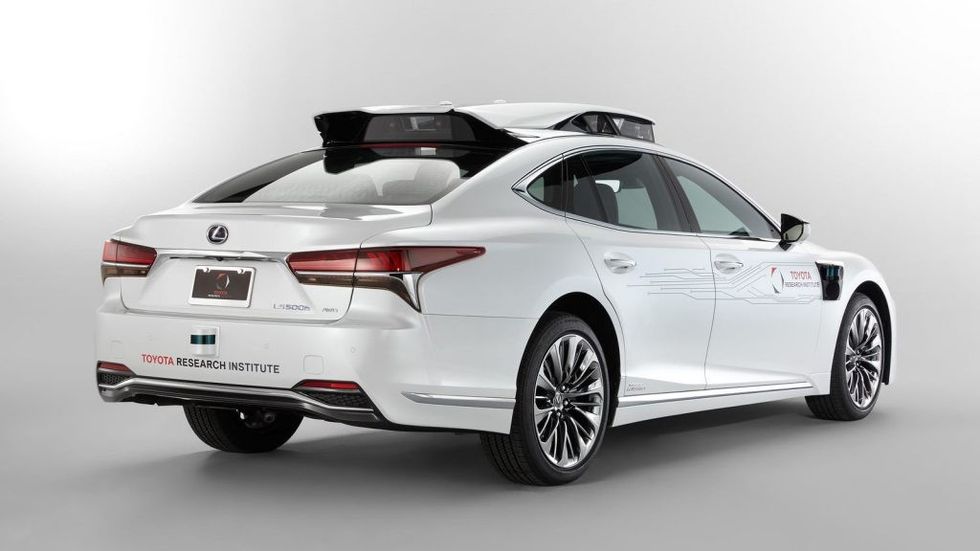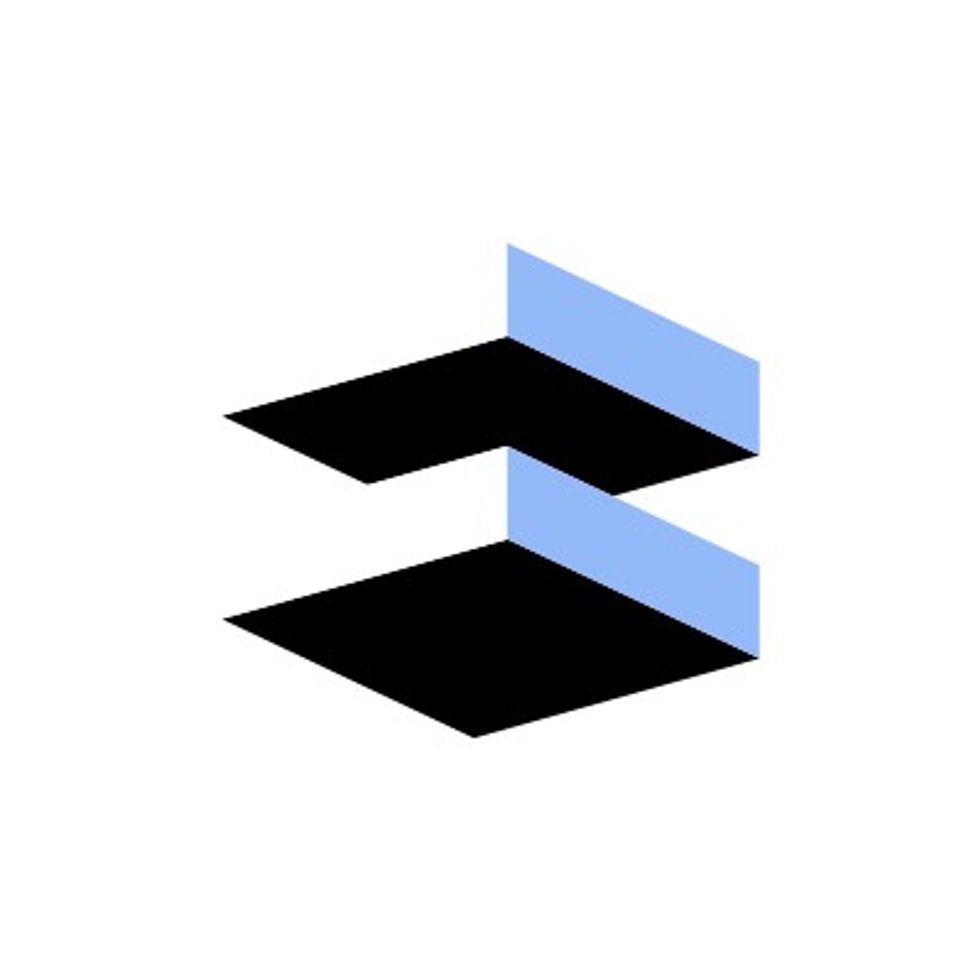What happens in Vegas doesn't always stay in Vegas. At least hopefully not for a bunch of the products showcased in Sin City last week during the 2019 Consumer Electronics Show (CES).
That is, some of the future technologies that debut at CES turns out to be “vaporware” – they won’t ever make its commercial debut, for one reason or another — but many of the 180,000 attendees at this annual show (including yours truly) are hoping we’ll have this gear in our home or driveway sometime soon.
The following are a few high-tech highlights from the CES showroom floor.
Giant TVs
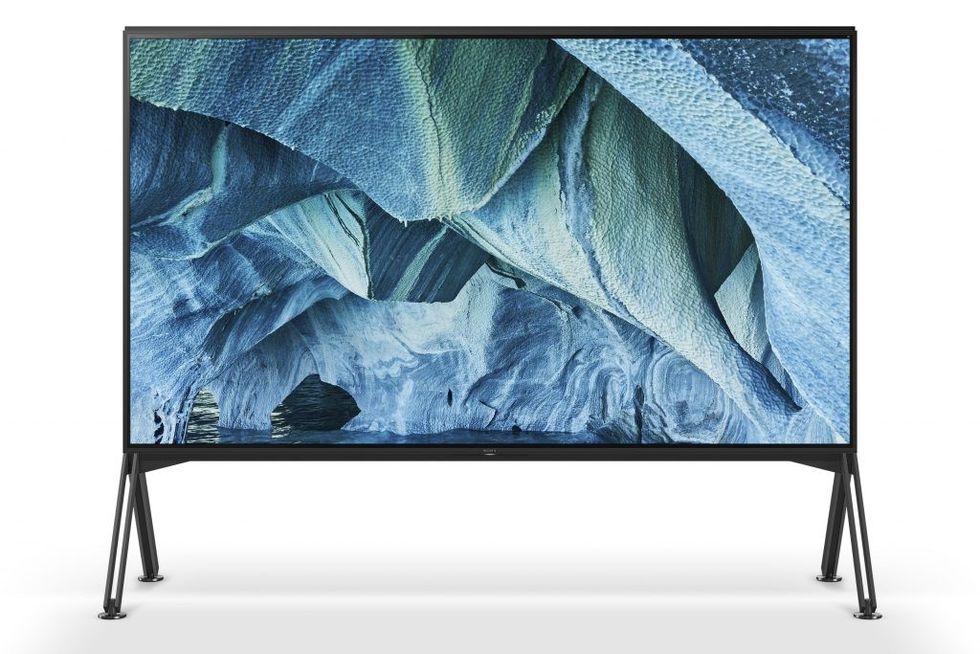
With sizes up to 98 inches, Sony’s Master Series Z9G TV isn’t just huge – at twice the size of many televisions today – but it’s also Sony’s first consumer 8K TV that delivers four times the resolution of a current top-of-the-line 4K TV. While there won’t likely be 8K content to watch when these televisions debut sometime in 2019, they can “upscale” 4K content to near 8K resolution.
Samsung’s 98-inch QLED 8K TV was also quite the looker – with extraordinary colour reproduction offered by “quantum dot” technology – like Sony, no launch date or price was announced.
Then there was LG’s rollable TV. Yes, imagine that, a TV that could roll up like a yoga mat. When collapsed, this 65-inch TV tucks into a small table-like stand – resembling a piece of furniture, including a built-in shelving unit on top. It also houses a powerful 100-watt Dolby Atmos speaker. Once you turn on the TV with the push of a button or by using your voice (Amazon Alexa and Google support), the gorgeous screen rises in about 10 seconds. There’s also a “Line Mode,” where about a quarter of the display is shown, for on-screen music controls and smart home control. LG says it’s coming in 2019.
Smart Home Tech
Talk about a clever use of artificial intelligence: Italian tech company Volta has a product called Mookkie, a pet feeder with a teeny camera that recognizes each pet's face, and then dispenses the appropriate food to the correct pet. As you can imagine, this could be particularly handy for those households with more than one pet, including dogs and cats, or those animals with specific dietary needs. Scheduled for a September launch for about $239, Mookkie will also send alerts to a pet owner’s phone when the bowl needs refilling.
Folding clothes: a first-world problem, amiright? If you absolutely hate the chore (or are horrible at it), Foldimate had a functioning version of its laundry-folding robot at CES. It’s essentially a large appliance that lets you feed in and fold about 25 articles of clothing — of various materials and sizes – in under 5 minutes. Aside from the steep price point when it debuts by year-end (of about $1,300), it also won’t handle all items, so don’t try feeding it things like towels, bedsheets, and baby clothes. Still, it worked, and well at that.
Forget the bread-making robot everyone was buzzing about: I’ll take my yeast in beer form, please. LG introduced its homebrew craft beer machine at CES 2019, which uses pods (like a Nespresso or Keurig coffee machine) to make five kinds of beer: pilsner, IPA, pale ale, wheat, and stout. LG says it takes about 17 days to make 5 litres of beer – and that’s for the entire process, from fermentation to carbonation to ageing — and unlike other home-based solutions, this is a self-cleaning tabletop machine. No word on if and when it will be available in Canada, or for how much.
Mobile Tech
The world’s first foldable smartphone made a splash at CES. Called FlexPai from Royole, this Android-powered device can be used as a 4-inch smartphone, when folded, to make calls or send texts, but when the flexible AMOLED display is folded out in tablet mode, measuring 7.8 inches, it’s more conducive for reading ebooks, watching videos or playing games. According to Royole, this US $1300 device – out by midyear – can withstand 200,000 folds in its testing, which is the equivalent of about 100 bends a day for 6 years. FlexPai offers three different viewing modes and boasts a QHD resolution of 1920 x 1440, which equates to a pixel density of 308 pixels per inch.
I love my smartwatch, but I don’t love charging it up so often. But with such a small battery, maybe we don’t have a choice. We do – if the Matrix PowerWatch 2 works as well as it looks. This second-generation smartwatch uses body heat and solar energy to keep it powered, so you won’t need to charge it up. This durable watch also adds heart rate monitoring to its step counting (in the previous generation), plus GPS location tracking, notifications, 200-metre water resistance, and an always-on reflective colour screen. Costing just over $500, it’s currently an Indiegogo campaign that has exceeded its goal by more than 700 percent.
Self-Driving Cars, Flying Cars
Toyota brought its latest self-driving car prototype to the 2019 CES, based on its Lexus LS flagship sedan, the LS-500H. Called “Guardian 4.0,” this technology assists drivers when an accident might “feel” imminent. It automatically corrects a drivers over-steering or braking. Over the previous iteration, Guardian 4.0 includes additional cameras on the sides of the body, two new imaging sensors, plus an enhanced onboard radar and lidar system, which features eight scanners. BMW, Nissan and Mercedes also had autonomous automotive technology on display.
A flying car at CES? Yep, but not an operational prototype, regrettably. Still, those who walked around the North Hall of the Las Vegas Convention Centre couldn’t miss the black five-seater Nexus. The hybrid-electric air taxi developed through a partnership with Bell and Uber has vertical takeoff and landing (VTOL) ability. It can also carry up to 600 pounds. At the event, the ride-sharing company revealed they expected to have flying taxis in select cities “by the mid-2020s” (we’ll see). Essentially, it looks like a giant drone with chairs but certainly had tongues wagging this past week.
